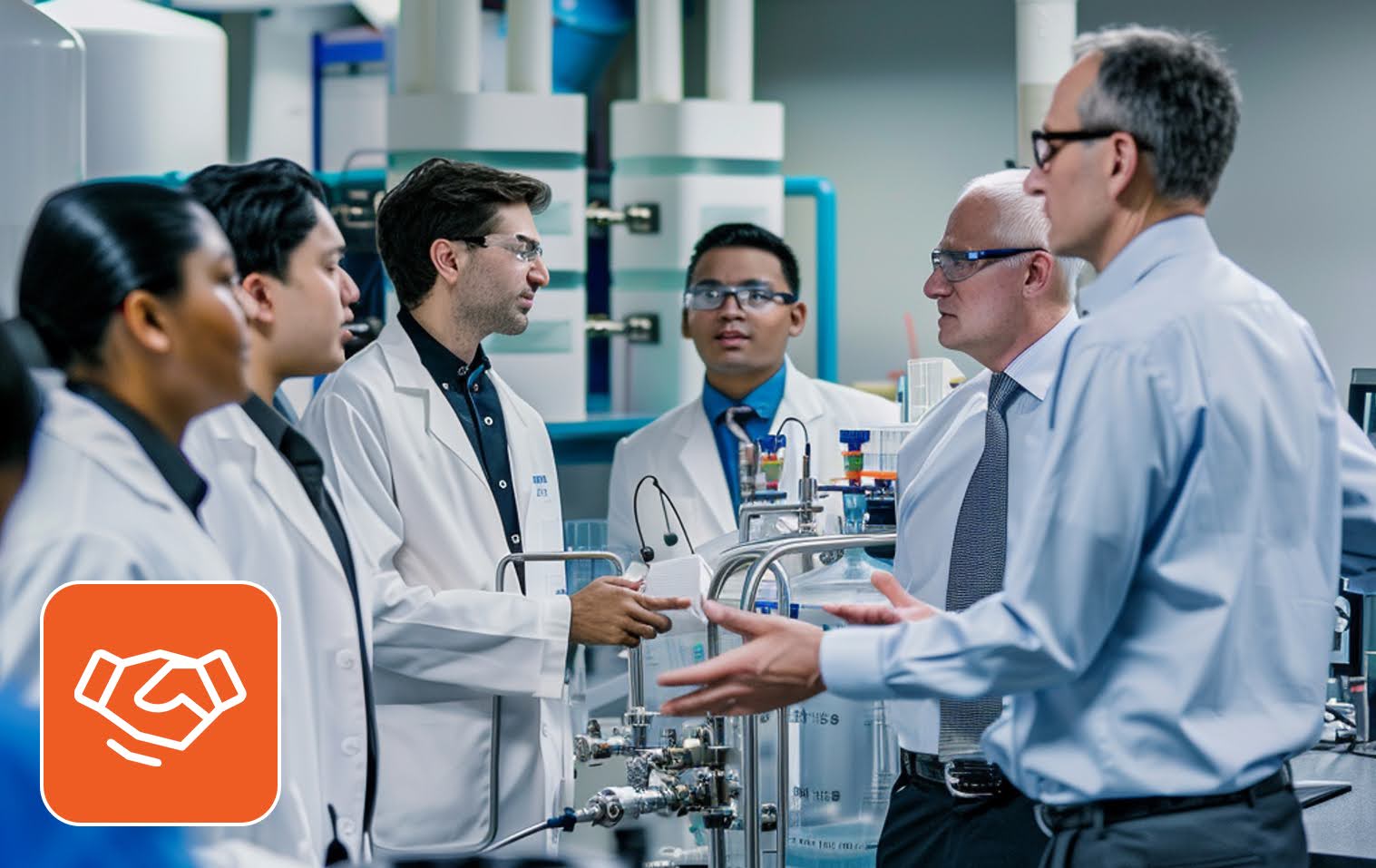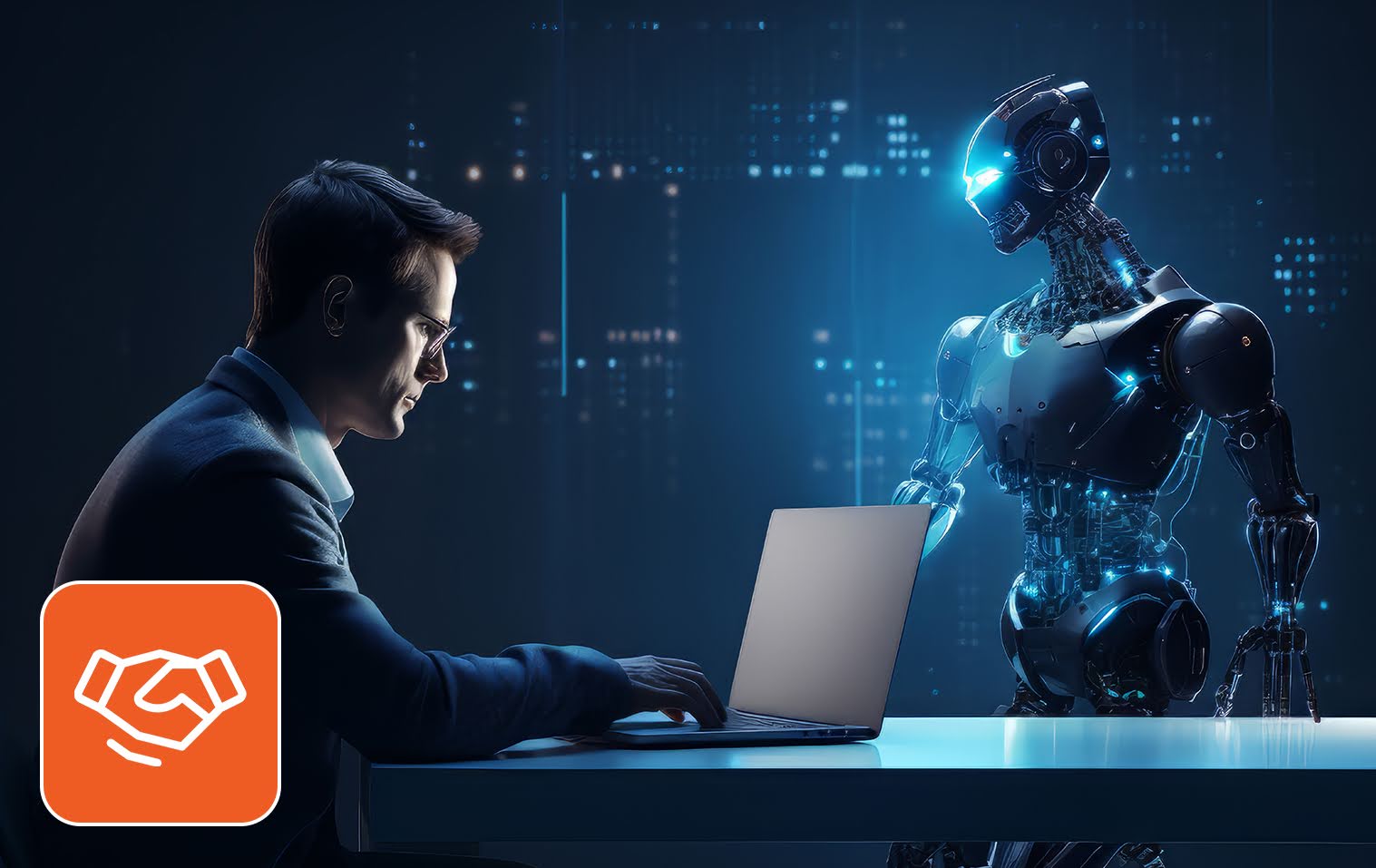The conversation around the future of work isn’t new, but the pandemic redefined its urgency. For experienced HR and talent leaders, what began as a reactive shift to remote work has now become a turning point. Flexible work models, sustainability reporting, and purpose-driven talent expectations are no longer separate conversations. They’re interconnected realities that require us to rethink, not only how work is done, but why and where it’s done.
This shift presents both a risk and an opportunity. On one hand, traditional infrastructure, travel patterns, and real estate are being re-evaluated. On the other hand, the imperative for corporate sustainability, once a CSR line item, is now a material priority for business continuity and talent retention. Organizations navigating this dual transformation are the ones positioning themselves for long-term relevance.
Let’s explore how these trends converge and what they mean for strategic HRM, employer branding, and operational sustainability.
1. Remote Work Isn’t Temporary. Its Ripple Effects Aren’t Either.
The forced shift to remote work was disruptive, but it also revealed long-overdue inefficiencies. It highlighted how commuting, office operations, and in-person meetings affected not only productivity but also emissions and energy consumption.
Key outcomes of the remote shift:
- Commuting-related emissions dropped sharply. According to a study by Carbon Brief, global emissions fell by 17% during the height of the 2020 lockdowns, with surface transport contributing over 36% to that decline.
- Air travel, often justified for quarterly check-ins and leadership offsites, was down by 60%, highlighting how much “essential travel” wasn’t, in fact, essential.
- Employee well-being and productivity improved in well-managed remote setups, adding weight to the long-term case for flexibility.
But the idea is not to idealize work-from-home. It’s about recognizing its structural implications. Distributed work, when implemented strategically, not only supports business agility but also actively contributes to corporate sustainability.
2. Corporate Real Estate Is Shrinking, and It’s a Strategic Move
Leaner office footprints have gone beyond being a cost-saving measure. They’re a response to how people now work and a strategic lever for reducing environmental impact.
Why it matters:
- Large office spaces contribute significantly to carbon footprints via heating, cooling, and lighting requirements.
- According to CBRE, nearly 58% of large enterprises plan to reduce their real estate portfolio over the next five years, leveraging hybrid work models to cut down energy usage.
- Downsizing doesn’t mean downsizing collaboration; it means redesigning for purpose-built, flexible hubs instead of rigid 9-to-5 enclosures.
This shift toward smaller, smarter workspaces is enabling organizations to realign their facilities strategy with ESG priorities. That alignment is now being scrutinized by both investors and talent.
3. Talent Expects Sustainability to Be More Than PR
Millennials and Gen Z are not shy about walking away from companies that don’t align with their values. And sustainability is no longer a “perk” or “policy”, it’s part of a company’s core identity.
| What the data shows: According to IBM’s 2022 Institute for Business Value report, 35% of employees who changed jobs accepted a position with a company they considered environmentally sustainable, while 34% chose roles where they could directly influence sustainable outcomes. Nearly 70% of millennials say they’d stay longer at a company with a clear sustainability roadmap. |
Talent acquisition leaders must now integrate sustainability into employer branding and EVP (Employee Value Proposition) strategies. It’s not enough to promote culture. What matters is how that culture contributes to long-term impact.
More than a retention strategy, this is a business continuity strategy.
4. HR’s Role in Driving the Sustainability Agenda
The future of work intersects directly with strategic HRM. And that places HR teams at the center of the sustainability conversation in three critical ways:
A. Workforce planning
- Shift from location-based hiring to skills-first models means reduced need for employee relocation, ultimately reducing the organization’s carbon footprint.
- Hybrid teams also enable geographic diversity without geographic sprawl, unlocking untapped talent pools with lower environmental impact.
B. Employee engagement
- HR-led programs promoting responsible commuting, energy use, and volunteering are seeing higher participation when tied to clear, measurable outcomes.
- Sustainability dashboards are now being integrated into people analytics, giving HR real-time insight into how behaviors align with corporate ESG targets.
C. Policy design
- From green procurement policies to digital-first onboarding, HR is uniquely positioned to make sustainability a default—not an afterthought.
D. Navigating automation and jobs
As automation takes over routine, repeatable tasks, HR leaders must address its dual impact—operational efficiency and workforce displacement.
- Strategically managing automation and jobs means identifying which roles are at risk, reskilling employees, and designing new roles that blend human and machine capabilities.
- This transition also affects sustainability metrics. Automated systems can reduce energy waste and improve process efficiency, but if workforce transitions are poorly handled, the social pillar of ESG gets compromised.
Incorporating automation into workforce planning requires a balanced approach, one that champions innovation and inclusion.
When HR teams take ownership of sustainability as a workforce function, not just a facilities or PR initiative, the results are more aligned, scalable, and credible.
To Conclude
For HR and talent leaders, the takeaway is clear. Your remote work policies, workforce design, and employer brand are now central to your company’s environmental footprint. Every decision around workspace flexibility, travel norms, or supplier onboarding has implications beyond operational efficiency. The workplace innovation you adopt highlights your values to both current and future talent.
Note: Sustainability is moving from reputation management to risk management. As regulations tighten, ESG disclosures gain teeth, and climate-conscious investors push harder, companies that treat sustainability as a soft-power narrative will be outpaced by those treating it as a hardwired strategy.
If you’re in talent acquisition or HRM, this is your moment to lead, not follow. Whether it’s by embedding climate literacy into onboarding, reducing Scope 3 emissions through a digital workplace, or collaborating cross-functionally on sustainable hiring practices, your role is now operationally essential to a greener, smarter enterprise.
The future of work and the future of sustainability are not two separate conversations. They are the same conversation, spoken through different departments but affecting the same outcomes: long-term viability, talent loyalty, and brand integrity.
Want to see how other organizations are aligning their people strategies with their sustainability goals? Visit our ECOPHORIA® page for real-world examples of corporate sustainability in action.
FAQs
1. How will AI and automation affect future jobs?
AI and automation will reshape (not eliminate) the job landscape. While repetitive, rule-based tasks will be increasingly automated, new roles will emerge at the intersection of technology, strategy, and sustainability. Think process analysts, green operations managers, and AI ethics officers. The key shift is not job loss, but job evolution. For HR leaders, the challenge lies in navigating this transformation ethically by reskilling displaced workers, integrating human-machine collaboration, and designing roles that support both productivity and purpose.
2. What skills will be most important in the future of work?
The most valuable skills in the next five years will blend technical fluency with human adaptability. Digital literacy, systems thinking, and climate intelligence will complement powerful skills like critical thinking, creativity, emotional intelligence, and change management. As companies lean into ESG commitments and automation, employees who can align innovation with environmental and social outcomes will become essential to business continuity.
3. Is remote work here to stay?
Yes, but not in its emergency form. Remote and hybrid models are now strategic frameworks that support flexibility, reduce carbon footprints, and expand access to diverse talent pools. According to CBRE, a majority of large enterprises plan to reduce their real estate footprint over the next five years. Smart organizations are designing purpose-driven hybrid systems. These systems balance collaboration, equity, and sustainability across digital and physical touchpoints.
4. How can workers prepare for the future of work?
Workers should prioritize continuous learning, particularly in areas like data literacy, climate adaptation, AI fluency, and cross-functional collaboration. Beyond technical upskilling, professionals need to embrace systems-level thinking and cultural agility, understanding how their role connects to larger sustainability and digital transformation goals. Those who adapt their mindset, not just their resume, will remain competitive in the evolving labor market.
5. What jobs will be gone in the next 5 years?
Roles focused solely on manual, repetitive tasks, such as traditional data entry, routine back-office processing, or basic customer service, will face significant automation. However, these roles aren’t disappearing entirely; they’re being redefined. Companies that choose to automate must also create transition pathways like reskilling programs, internal mobility options, and ethical offboarding, if they want to align workforce changes with corporate sustainability and social impact goals.



